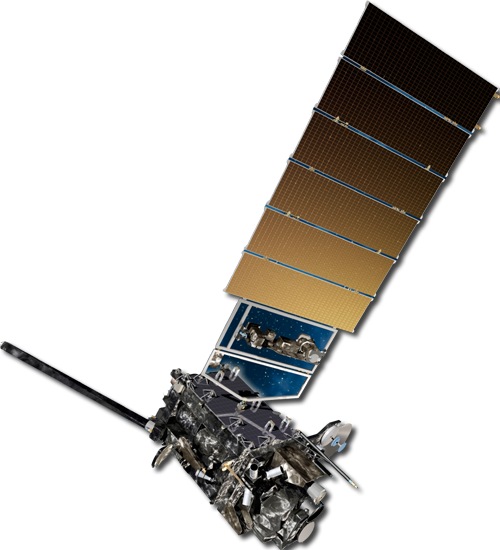4
Cloud Identification

Overview
Get ready to do a virtual shift, a fun way to use computer software to look at the same cloud from below and above. But first, let's review some common cloud classifications. Clouds are given Latin names corresponding to their appearance and height. Meteorologists further differentiate clouds according to whether they are producing precipitation or not. Naturally these same features make a big difference as to how a satellite “sees” a cloud. Knowing just a little about how a cloud is formed and the likely particle composition in a cloud can translate into a lot of information gleaned from common satellite images.
Common Cloud Types
| Cloud Level | Prefix/ Suffix |
Typical Altitudes | Layer Clouds | Heap Clouds | Hybrid |
|---|---|---|---|---|---|
| High | "Cirro-" | 20,000 - 40,000 feet (6-12 kilometers) |
Cirrus Cirrostratus |
Cirrocumulus | |
| Mid | "Alto-" | 6500 - 20,000 feet (2-6 kilometers) |
Altostratus | Altocumulus | |
| Low |
100 - 6500 feet (bases below 2 km) |
Stratus | Cumulus | Stratocumulus | |
| Precipitating | "Nimbo-" "-nimbus" |
100 - 6,500 feet (bases below 2 km) |
Nimbostratus | Cumulusnimbus (Thunderstorms!) | |
| Significant Vertical Development | 100 - 50,500 feet (0.1-15 kilometers) |
In this module, you will learn (with lots of fun applets !!):
- Ten common cloud types and how they are formed
- How to identify different cloud types on satellite images
| Previous Module | 1 / 12 |





